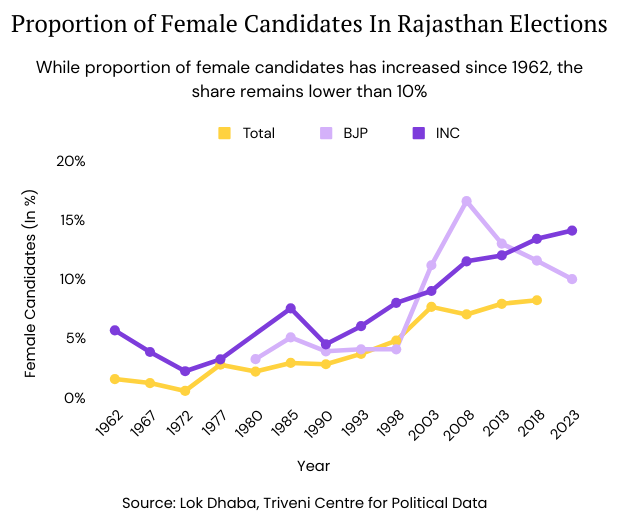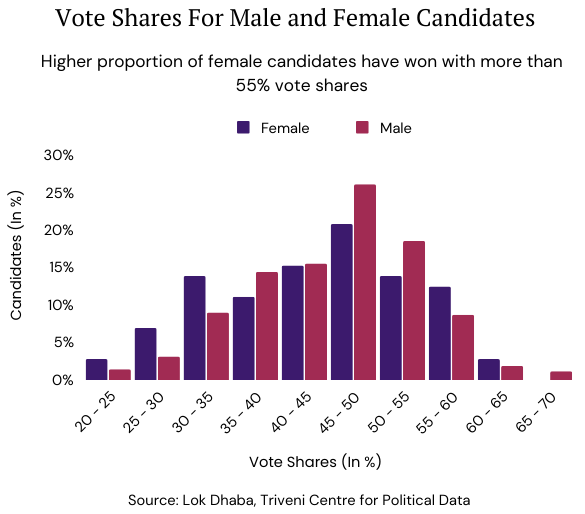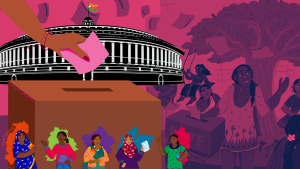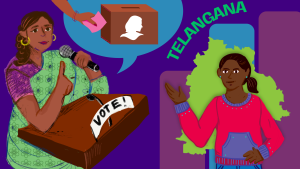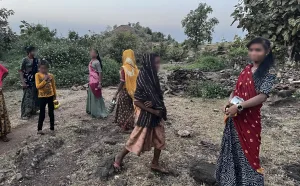[Readmelater]
Women Win In Tougher Poll Fights In Rajasthan, Yet Don’t Get Enough Chances
In the last two decades of their rivalry in Rajasthan, only around 10% of the candidates picked by the BJP and Congress have been women
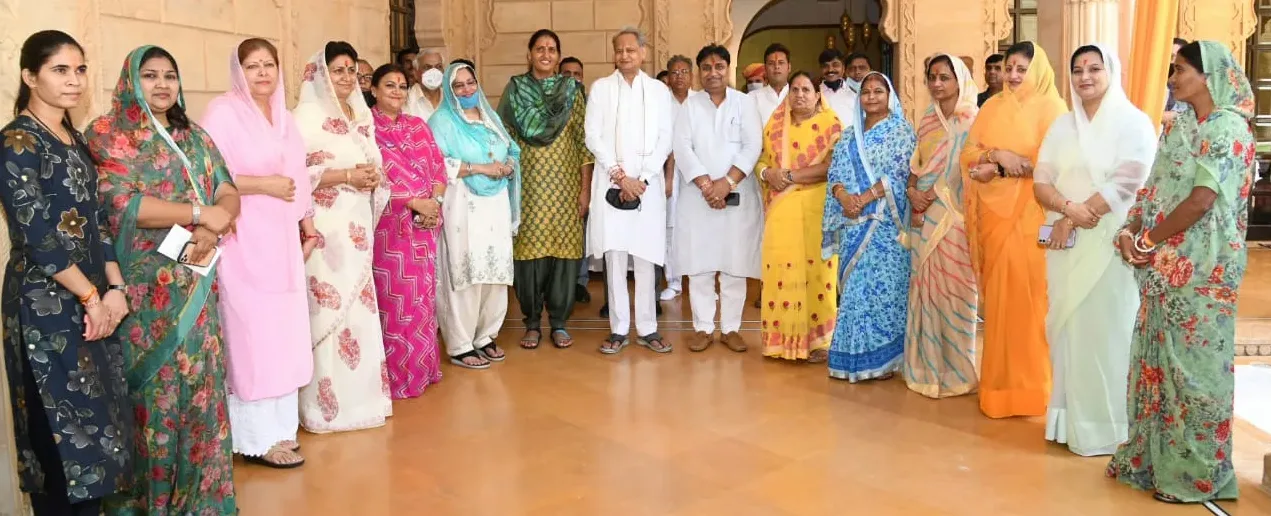
Women MLAs of the Congress party with the chief minister Ashok Gehlot / Photo Credit: First India's Facebook page
Support BehanBox
We believe everyone deserves equal access to accurate news. Support from our readers enables us to keep our journalism open and free for everyone, all over the world.
